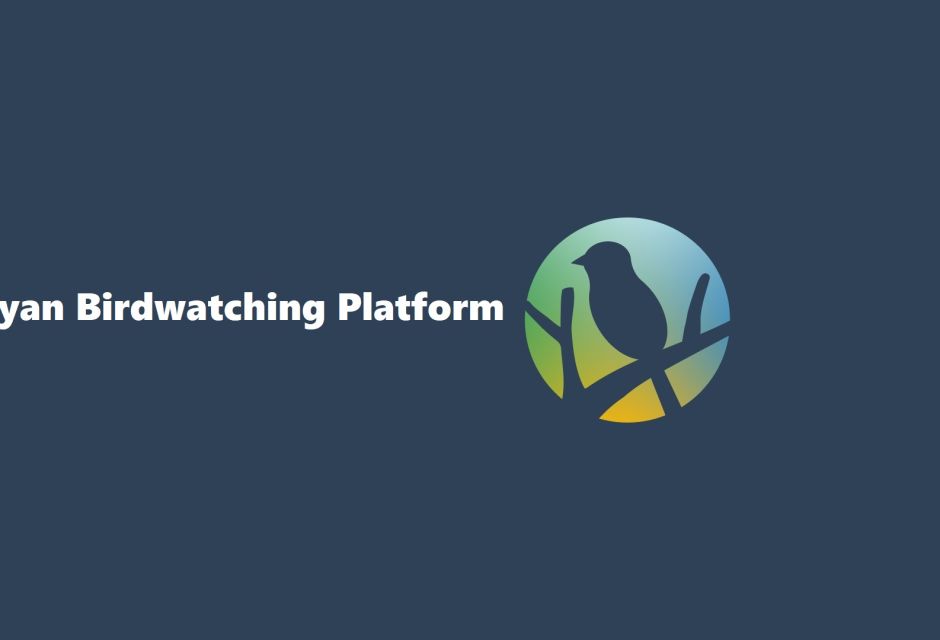Falcons in Libya: Between Biodiversity and Threats.
With the onset of autumn, falcons of the genus Falco begin their migration across Libyan skies. These birds represent an important component of local ecosystems and serve as a valuable symbol of the country’s biological heritage. However, these species face increasing threats in Libya from illegal capture and trade, particularly during migration periods.
Eleven species of the genus Falco have been recorded in Libya, namely: Lesser Kestrel (Falco naumanni), Common Kestrel (Falco tinnunculus), Red-footed Falcon (Falco vespertinus, Vulnerable – VU), Merlin (Falco columbarius), Eurasian Hobby (Falco subbuteo), Eleonora’s Falcon (Falco eleonorae), Sooty Falcon (Falco concolor, VU), Lanner Falcon (Falco biarmicus), Saker Falcon (Falco cherrug, Endangered – EN), Peregrine Falcon (Falco peregrinus), and Barbary Falcon (Falco peregrinus pelegrinoides).
Unfortunately, illegal methods are used to capture these falcons, including the use of smaller birds, such as kestrels or doves, as bait to lure them into traps. This practice constitutes a serious threat to the targeted species, particularly those listed on the IUCN Red List as Vulnerable or Endangered.
In addition, the cross-border trade of these birds is regulated under the Convention on International Trade in Endangered Species of Wild Fauna and Flora (CITES), to which Libya is a party. Any illegal capture or trade thus represents a clear violation of international obligations.
Protecting falcons in Libya is a shared responsibility of local communities, government authorities, and civil society organizations. Halting illegal capture and regulating the trade of these birds is essential to ensure the survival of these species and to safeguard our natural heritage and ecosystem balance for future generations.
Libyan Society for Birds.


Leave a Reply